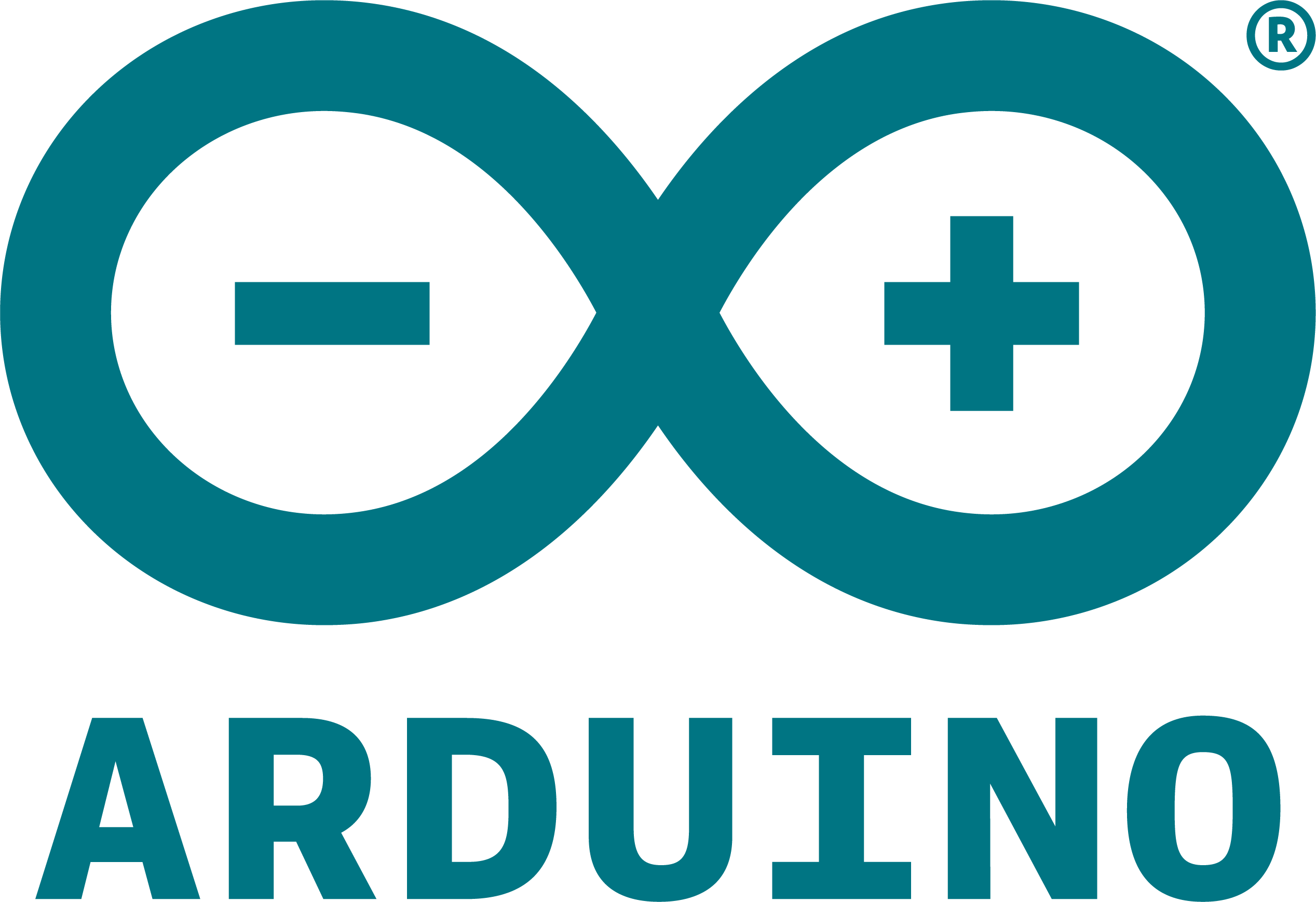
Arduino
Arduino is an open-source electronics platform that provides hardware and software solutions for building interactive objects and environments. With a mission to make technology accessible to everyone, Arduino offers easy-to-use tools and resources for people of all skill levels to explore and experiment with electronics. The company's flagship product, the Arduino board, is a microcontroller-based development board that can be used to create a wide range of projects, from simple LED displays to complex robots. Arduino also offers a comprehensive software development environment, including an integrated development environment (IDE) and a vast library of code examples and resources. These tools enable developers and hobbyists to quickly and easily prototype their ideas and bring them to life. In addition to its core products, Arduino has a thriving community of makers, enthusiasts, and educators who share their knowledge and collaborate on projects through forums, workshops, and events. Arduino's open-source philosophy and commitment to accessibility have made it a popular choice for hobbyists, educators, and professionals alike, driving innovation and creativity in the field of electronics and beyond.
Single Conductor Cables (Hook-Up Wire)
Results:
1
Series
Operating Temperature
Cable Type
Jacket (Insulation) Thickness
Jacket (Insulation) Material
Grade
Wire Gauge
Ratings
Qualification
Length
Voltage
Conductor Strand
Conductor Material
Features
Jacket Color
Jacket (Insulation) Diameter
Results remaining:1
Applied Filters:
Arduino
About Single Conductor Cables (Hook-Up Wire)
Cables and wires are fundamental components used in electrical and electronic systems to transmit signals or power. Single conductor cables, also known as hook-up wires, are a specific type of cable designed with a single conducting wire at its core.
Single conductor cables, or hook-up wires, serve a wide range of applications, including point-to-point signal wiring, equipment interconnection, and power distribution. They are available in various sizes, materials, and insulation types to accommodate different electrical needs.
The conductor, which is the central part of the cable, is typically made of copper or aluminum due to their excellent electrical conductivity. Copper is the most common choice due to its superior conductivity properties. The conductor's thickness, also referred to as the gauge, determines its current carrying capacity, with lower gauge numbers indicating thicker conductors capable of carrying higher currents.
To prevent electrical shorts and ensure safety, single conductor cables have an insulating layer surrounding the conductor. Insulation materials commonly used include PVC (Polyvinyl Chloride), Teflon, silicone rubber, or other thermoplastic or thermosetting materials. The choice of insulation material depends on factors such as temperature tolerance, flexibility, and resistance to chemicals or environmental conditions.
The insulation layer not only provides electrical insulation but also protects the conductor from damage or wear. It also helps to maintain proper spacing between adjacent conductors, reducing the risk of electrical interference or cross-talk.
Single conductor cables may have solid or stranded conductors. Solid conductors consist of a single, continuous wire and offer better electrical performance over long distances. Stranded conductors, on the other hand, are made up of multiple thinner wires twisted together, offering improved flexibility and resistance to breakage.
Hook-up wires are available in different colors, allowing for easy identification and organization during installation. This color coding helps technicians or engineers distinguish between different wires, ensuring correct connections and minimizing errors.
Overall, single conductor cables, or hook-up wires, are versatile components used for point-to-point signal wiring, interconnection of equipment, and power distribution. They consist of a single conducting wire surrounded by insulation and are available in various sizes, materials, and colors to suit different electrical needs. Their flexibility, electrical performance, and insulation properties make them essential for reliable electrical connections in a wide range of applications.

